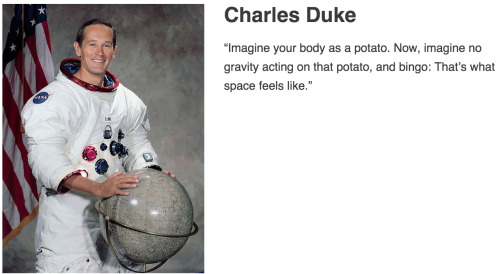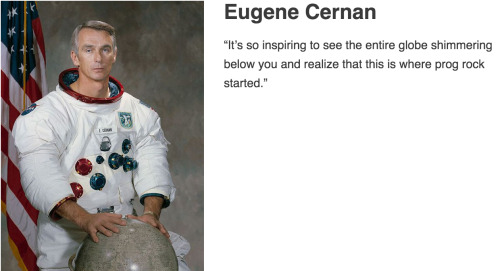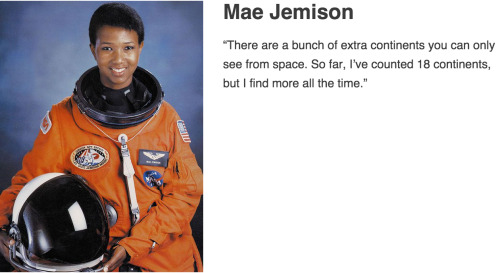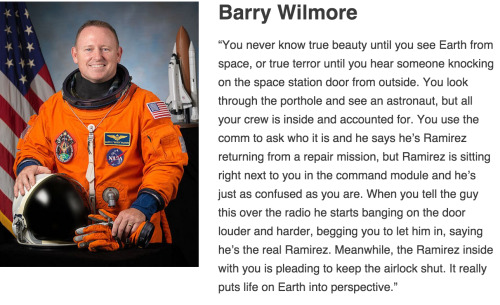Launch Of Gemini 6 Titan II (SC6/GLV-6 12561) From Launch Complex 19. "The Gemini VI, Scheduled As A



Launch of Gemini 6 Titan II (SC6/GLV-6 12561) from Launch Complex 19. "The Gemini VI, scheduled as a two-day mission, was launched from Pad 19, carrying astronauts Walter M. Schirra Jr., Command Pilot, and Thomas P. Stafford, Pilot. Gemini VI rendezvoused with Gemini VII, already orbiting the Earth."
Date: December 15, 1965
NASA ID: KSC-65PC-0161, S65-44293, S65-59987
More Posts from Astronomyandgalaxies and Others
the number of spacecraft failures recently has been absolutely insane and it all comes down to tech bros barging into the industry going "it's not that hard wtf is nasa so bad" and then completely skipping out on any testing

Stingray Nebula
“Archival data from the NASA/ESA Hubble Space Telescope reveal that the nebula Hen 3-1357, nicknamed the Stingray nebula, has faded precipitously over just the past two decades. Witnessing such a swift rate of change in a planetary nebula is exceedingly rare, say researchers. These images captured by Hubble in 1996 (left), when compared to Hubble images taken in 2016 (right), show a nebula that has drastically dimmed in brightness and changed shape. Bright blue shells of gas near the centre of the nebula have all but disappeared, and the wavy edges that earned this nebula its aquatic-themed name are virtually gone. The young nebula no longer pops against the black velvet background of the distant Universe.” - via Wikimedia Commons

The Star Cluster NGC 602
A image of star cluster NGC 602 from Chandra & NASAWebb is about 175 light-years across and it sparkles with the light from thousands of stars.
The star cluster NGC 602 lies on the outskirts of the Small Magellanic Cloud, which is one of the closest galaxies to the Milky Way, about 200,000 light-years from Earth. The stars in NGC 602 have fewer heavier elements compared to the Sun and most of the rest of the galaxy. Instead, the conditions within NGC 602 mimic those for stars found billions of years ago when the universe was much younger.
This new image combines data from NASA’s Chandra X-ray Observatory with a previously released image from the agency’s James Webb Space Telescope. The dark ring-like outline of the wreath seen in Webb data (represented as orange, yellow, green, and blue) is made up of dense clouds of filled dust.
Credit X-ray: NASA/CXC; Infrared: ESA/Webb, NASA & CSA, P. Zeilder, E.Sabbi, A. Nota, M. Zamani;
Image Processing: NASA/CXC/SAO/L. Frattare and K. Arcand.
Release Date December 17, 2024.


Backyard views
Tuesday February 4th 2025 6:39pm & 6:44pm


Such a beautiful universe! So much more waiting to be found
Even in space, connections are important. This image of NGC 2566 is part of an observing program dedicated to understanding the connections between stars, gas and dust in nearby star-forming galaxies. Read more:



Geminid Meteors over Chile
Credits: Yuri Beletsky, Carnegie, Las Campanas Observatory, TWAN
-
 kwk9335 liked this · 3 months ago
kwk9335 liked this · 3 months ago -
 astronomyandgalaxies reblogged this · 3 months ago
astronomyandgalaxies reblogged this · 3 months ago -
 geometryprime reblogged this · 3 months ago
geometryprime reblogged this · 3 months ago -
 maxsmin liked this · 3 months ago
maxsmin liked this · 3 months ago -
 geometryprime liked this · 4 months ago
geometryprime liked this · 4 months ago -
 johnbrownanarchist liked this · 4 months ago
johnbrownanarchist liked this · 4 months ago -
 om-gay liked this · 4 months ago
om-gay liked this · 4 months ago -
 taperwolf reblogged this · 4 months ago
taperwolf reblogged this · 4 months ago -
 taperwolf liked this · 4 months ago
taperwolf liked this · 4 months ago -
 jreew liked this · 4 months ago
jreew liked this · 4 months ago -
 riderkoba liked this · 4 months ago
riderkoba liked this · 4 months ago -
 withicecream99 liked this · 4 months ago
withicecream99 liked this · 4 months ago -
 dermannimmond-1961 liked this · 4 months ago
dermannimmond-1961 liked this · 4 months ago -
 commodorez reblogged this · 4 months ago
commodorez reblogged this · 4 months ago -
 deploybits reblogged this · 4 months ago
deploybits reblogged this · 4 months ago -
 slowhand1958 liked this · 4 months ago
slowhand1958 liked this · 4 months ago -
 crow58 liked this · 4 months ago
crow58 liked this · 4 months ago -
 martinmartinfan liked this · 4 months ago
martinmartinfan liked this · 4 months ago -
 suprcrazypapasmurf liked this · 4 months ago
suprcrazypapasmurf liked this · 4 months ago -
 thestonecuttersguild liked this · 4 months ago
thestonecuttersguild liked this · 4 months ago -
 vintagetrain reblogged this · 4 months ago
vintagetrain reblogged this · 4 months ago -
 acerimmeradel liked this · 4 months ago
acerimmeradel liked this · 4 months ago -
 vintagetrain liked this · 4 months ago
vintagetrain liked this · 4 months ago -
 bigbbar68 liked this · 4 months ago
bigbbar68 liked this · 4 months ago -
 32925 liked this · 4 months ago
32925 liked this · 4 months ago -
 theodorflorin liked this · 4 months ago
theodorflorin liked this · 4 months ago -
 artformes liked this · 4 months ago
artformes liked this · 4 months ago -
 fflyboy77 liked this · 4 months ago
fflyboy77 liked this · 4 months ago -
 sapienexplorer liked this · 4 months ago
sapienexplorer liked this · 4 months ago -
 phroyd liked this · 4 months ago
phroyd liked this · 4 months ago -
 pipius liked this · 4 months ago
pipius liked this · 4 months ago -
 spacetimewithstuartgary reblogged this · 4 months ago
spacetimewithstuartgary reblogged this · 4 months ago -
 spacetimewithstuartgary liked this · 4 months ago
spacetimewithstuartgary liked this · 4 months ago -
 lakewinnipeg liked this · 4 months ago
lakewinnipeg liked this · 4 months ago -
 wobuhai liked this · 4 months ago
wobuhai liked this · 4 months ago -
 gaxhar reblogged this · 4 months ago
gaxhar reblogged this · 4 months ago -
 fireball763 liked this · 4 months ago
fireball763 liked this · 4 months ago -
 dustbunnyck liked this · 4 months ago
dustbunnyck liked this · 4 months ago -
 smilin-irishman liked this · 4 months ago
smilin-irishman liked this · 4 months ago -
 senghwanjang liked this · 4 months ago
senghwanjang liked this · 4 months ago -
 demiurgelovato liked this · 4 months ago
demiurgelovato liked this · 4 months ago -
 ask-de-writer liked this · 4 months ago
ask-de-writer liked this · 4 months ago -
 jawbones4u reblogged this · 4 months ago
jawbones4u reblogged this · 4 months ago -
 jawbones4u liked this · 4 months ago
jawbones4u liked this · 4 months ago









